400G OSFP Finned Top to 2 x 200G QSFP56 Active Optical Breakout Cable
High-performance 400G OSFP to 2×200G QSFP56 AOC breakout cable. Low-latency OSFP cable for 200G QSFP56 AOC connections in high-speed networks.
- Estimated Delivery : Up to 4 business days
- Free Shipping & Returns : On all orders over $200
The 400G OSFP Finned Top to 2 x 200G QSFP56 AOC | Active Optical Breakout Cable is a high-performance interconnect solution tailored for modern data centers and high-computing environments. This AOC enables seamless breakout from a single 400G OSFP port to two 200G QSFP56 ports, offering scalable and flexible connectivity for expanding network infrastructure. Equipped with a finned-top OSFP module, this breakout cable ensures superior thermal performance, efficiently dissipating heat even under heavy data loads — an essential feature for high-density deployments. Utilizing PAM4 modulation and precision-engineered optical components, it delivers outstanding signal integrity, low latency, and consistent transmission over longer distances.
While AOCs typically have higher power consumption compared to DACs or passive optical cables, they offer significant advantages in terms of reach, flexibility, and EMI immunity, making them ideal for scenarios where those factors are critical. The plug-and-play design simplifies deployment, and the product is fully compliant with industry standards for seamless integration with mainstream networking equipment. Perfect for AI workloads, hyperscale cloud environments, and next-gen computing clusters, this breakout solution provides a reliable and high-bandwidth optical link that supports the demands of high-speed, data-intensive networks.
| Brand | WHGEARLINK |
|---|---|
| Description | OSFP 400G to 2x200G QSFP56 XXm AOC |
| Data Rate | 400G to 2*200G |
| Operating Voltage | 3.3V |
| Package | OSFP-QSFP56 |
| Wavelength (nm) | 850 |
| Power Consumption(W) | OSFP ≤8W |
| Operating Temperature | 0 to 70°C (32 to 158°F) |
| DOM | Yes |
| Cable Type | MMF |
What are the main categories of 400G optical transceivers?
Based on transmission distance and application scenarios, 400G optical transceivers are mainly categorized into SR8 (short-range), DR4 (medium-range), FR4 (medium-long range), and LR4 (long-range).
What are the common packaging types for 400G optical transceivers?
Common packaging types for 400G optical transceivers include QSFP-DD, OSFP, and QSFP112. Among these, QSFP-DD and OSFP are widely used due to their high density and excellent heat dissipation performance.
What are the main application areas of 400G optical transceivers?
400G optical transceivers are primarily used in data centers, high-performance computing, and communication networks, meeting the demands for high bandwidth and high-speed data transmission.
What is a QSFP-DD packaged 400G optical transceiver?
QSFP-DD (Quad Small Form-factor Pluggable Double Density) is a dual-density, four small form-factor pluggable package that supports data transmission rates up to 400Gbps, suitable for high-density network environments.
What is the transmission distance range for 400G optical transceivers?
Depending on the type, the transmission distance ranges from 100 meters (SR8) to 10 kilometers (LR4), covering the needs from short-range to long-range transmissions.
How do 400G optical transceivers meet the demands of data centers?
By providing high bandwidth and high-density connections, 400G optical transceivers support the high-speed transmission of massive amounts of data within data centers, improving overall network performance.
What role do 400G optical transceivers play in communication networks?
In communication networks, 400G optical transceivers are used to build high-capacity transmission links to meet the growing network traffic demands.
What is the power consumption of 400G optical transceivers?
The power consumption of 400G optical transceivers typically ranges from 8W to 12W, depending on the module type and application scenario.
What types of interfaces do 400G optical transceivers have?
Common interface types include MPO and LC, with the specific choice depending on the module type and application requirements.
What is the transmission rate of 400G optical transceivers?
400G optical transceivers have a transmission rate of 400Gbps, meeting the requirements for high-bandwidth applications.
What is the working temperature range of 400G optical transceivers?
The typical working temperature range is from 0°C to 70°C, though the specific range may vary depending on the module type and application scenario.
What are the dimensions of 400G optical transceivers?
The dimensions vary by packaging type. For example, the QSFP-DD package measures 90mm x 18.35mm x 8.5mm.
What transmission media do 400G optical transceivers use?
They mainly use single-mode fiber and multi-mode fiber, with the choice depending on the transmission distance and application needs.
What modulation technique is used in 400G optical transceivers?
400G optical transceivers typically use PAM4 (Pulse Amplitude Modulation with four levels) technology to improve data transmission efficiency.
How compatible are 400G optical transceivers?
Designed to comply with relevant standards, 400G optical transceivers ensure compatibility with equipment from different vendors.
How reliable are 400G optical transceivers?
Through rigorous testing and certification, 400G optical transceivers are designed to ensure stability and reliability under various environmental conditions.
What is the cost of 400G optical transceivers?
As the technology matures and production scales up, the cost of 400G optical transceivers has been gradually decreasing, leading to better cost-effectiveness.Where are 400G optical transceivers mainly used?
Data Centers: With the explosive growth in data traffic, data centers require higher bandwidth and faster transmission speeds. 400G optical transceivers meet the needs for large-scale data transmission and processing by providing high-density and high-speed connectivity.
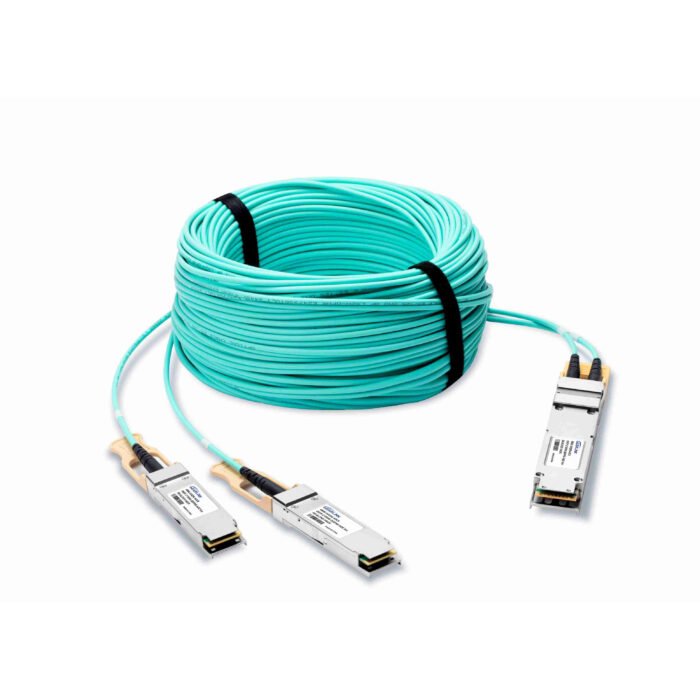
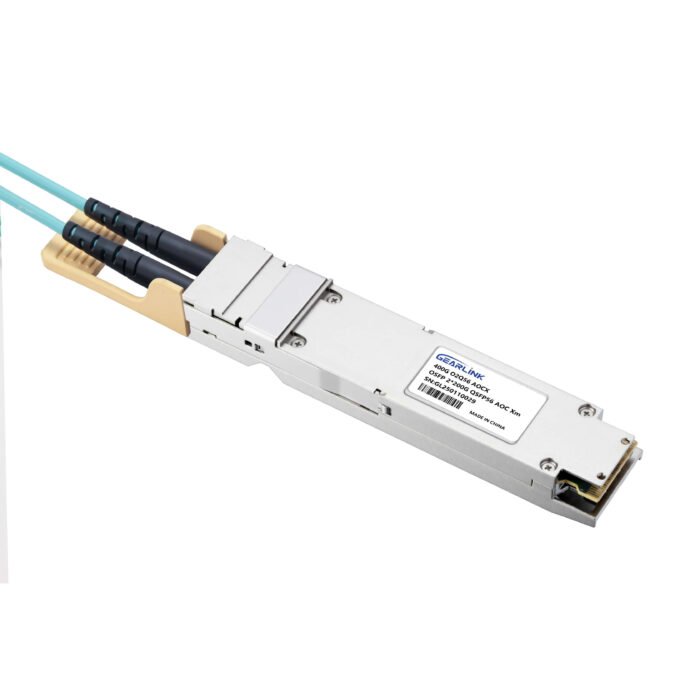
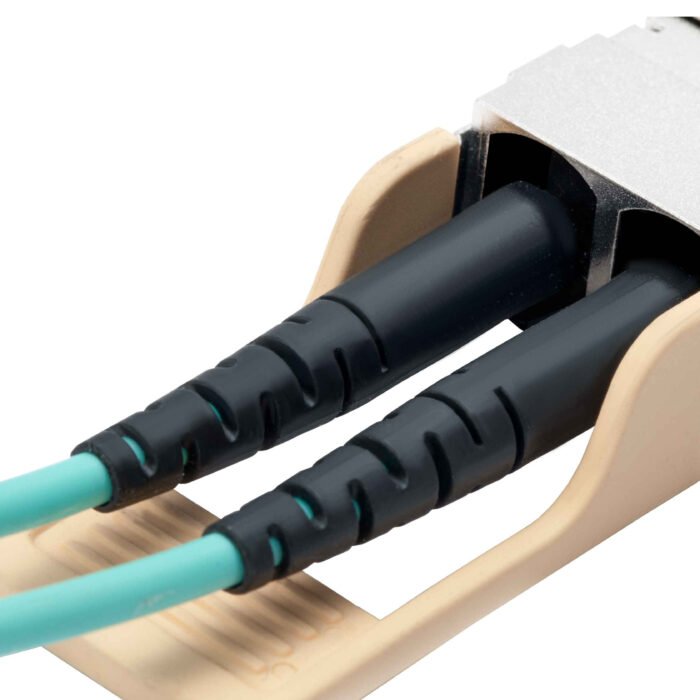
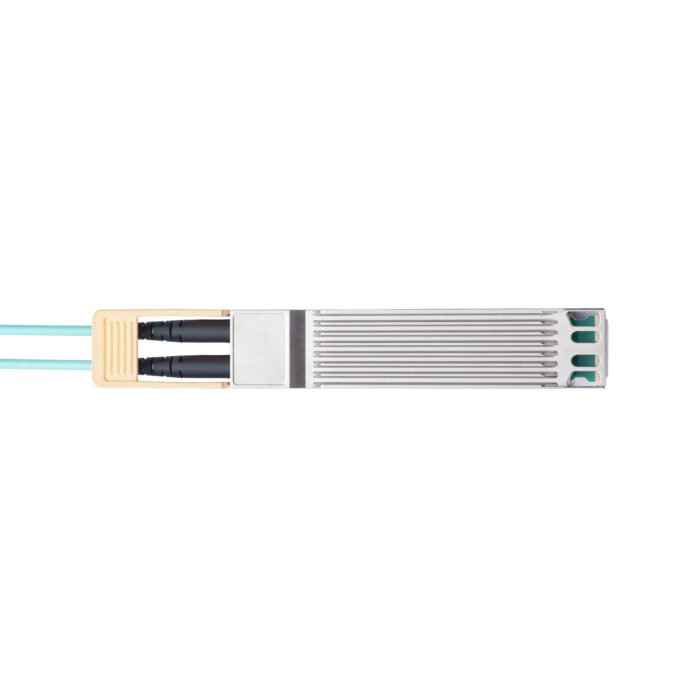
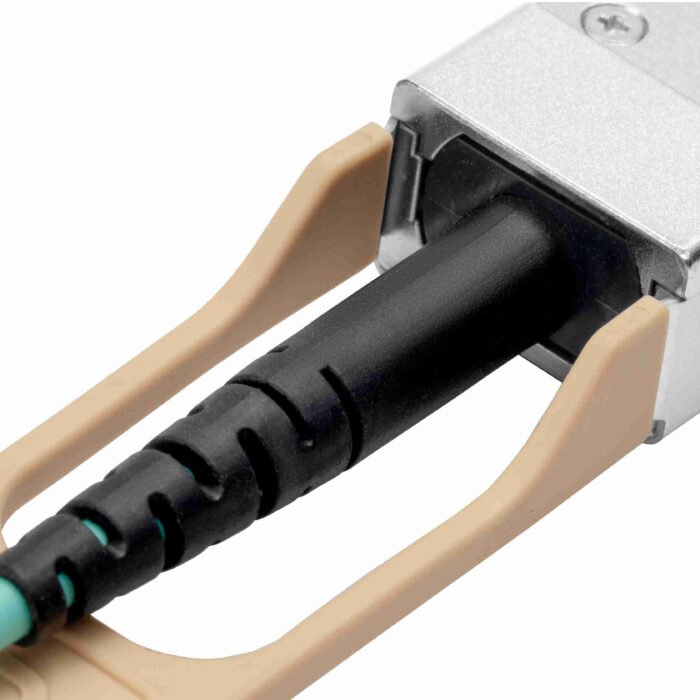
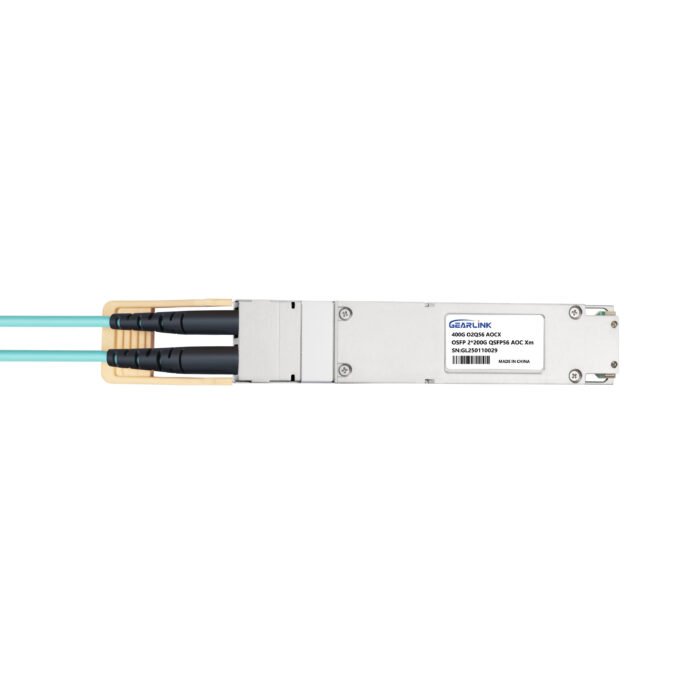
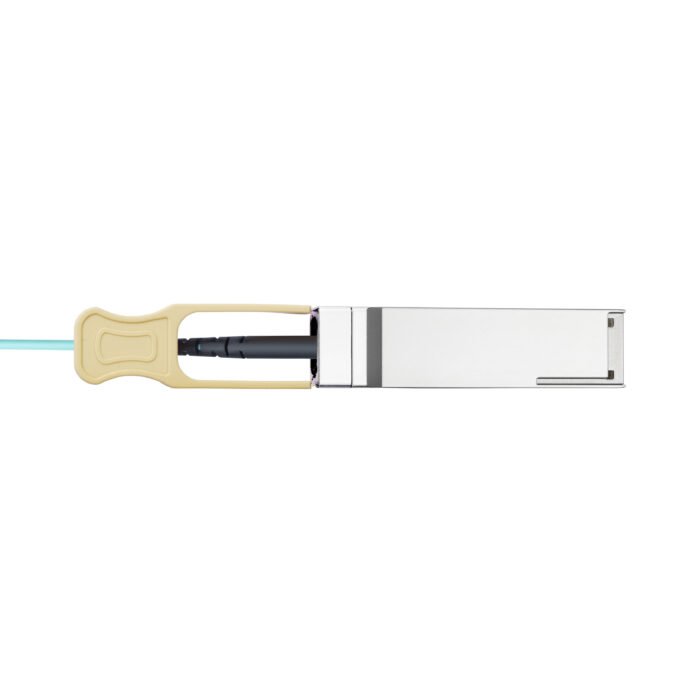
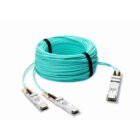
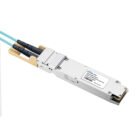
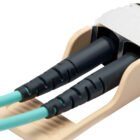
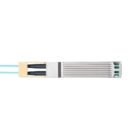

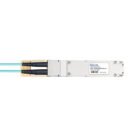
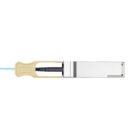
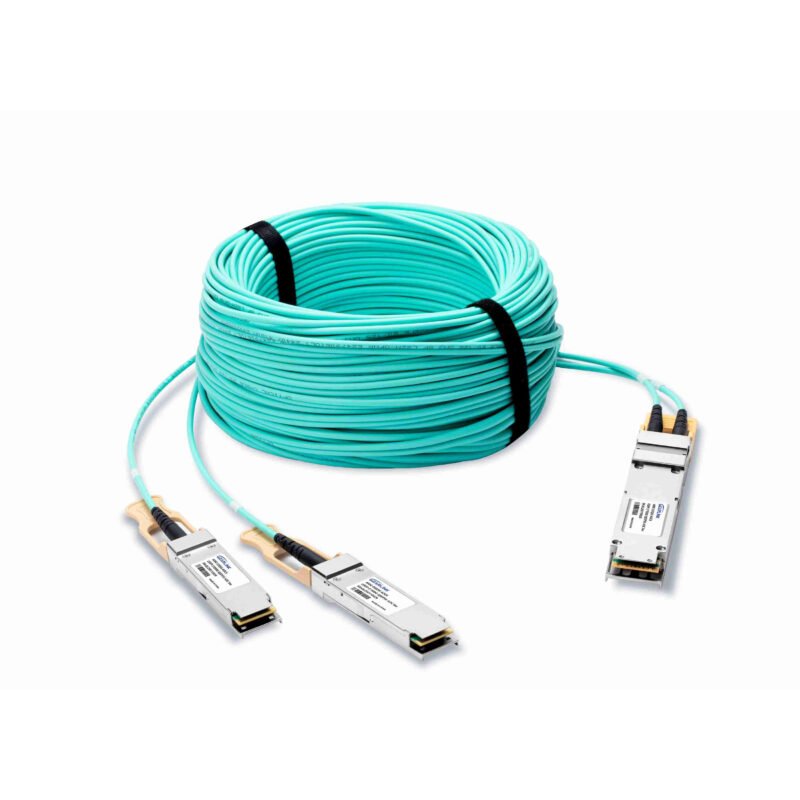
Reviews
There are no reviews yet.